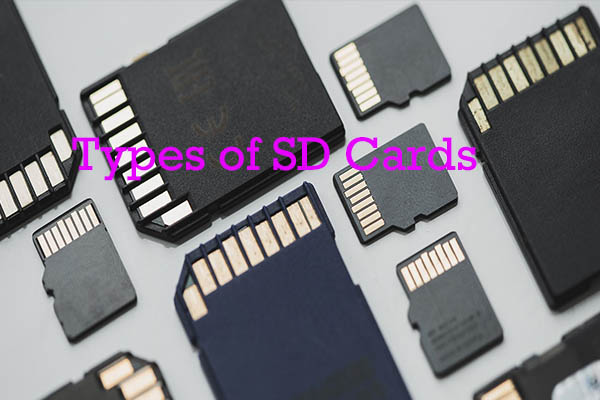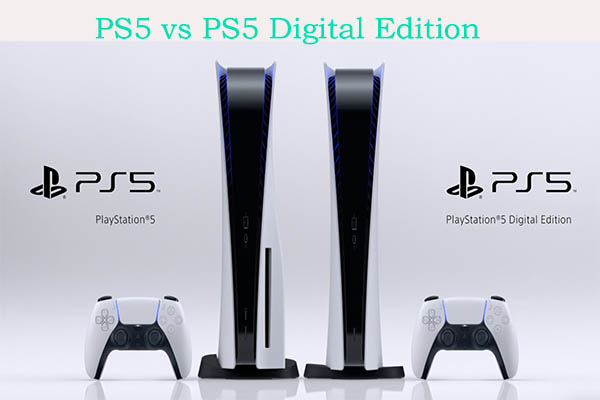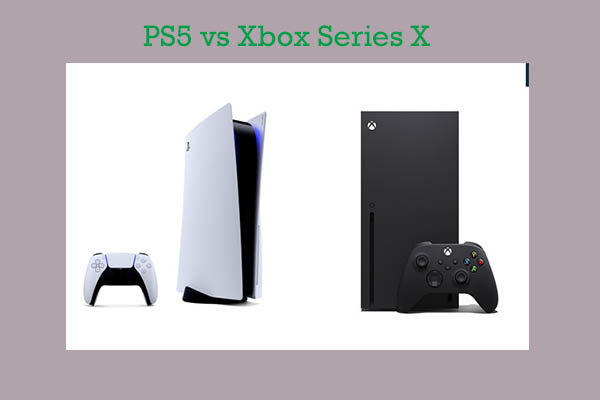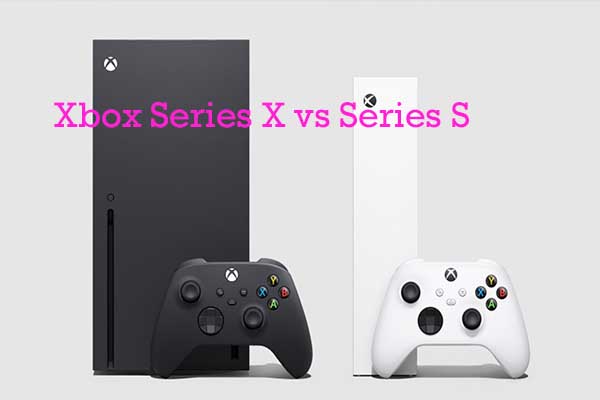Nintendo Switch vs OLED vs Lite: which one to choose? If you are going to buy a console from Nintendo, you need to learn the difference between them and then make a choice. Here, MiniTool offers you a full comparison of three Nintendo console models.
At first, you need to know the specs of three Nintendo consoles. Nintendo Switch was released on March 3, 2017. As a hybrid gaming console, you can hold it in your hands or hook it up to a TV/monitor and use it as a regular console. To be short, it can be used in handheld, tabletop, or TV mode. Switch Lite, launched on September 20, 2019, is only a handheld one without removable Joy-Con controllers.
As for Nintendo Switch OLED, it was released on October 8, 2021. It looks similar to the original Switch after its 2019 refresh. You can get a quick preview of three Nintendo consoles’ specs from the table below.
| Nintendo Switch | Nintendo OLED | Nintendo Lite | |
| CPU/GPU | Nvidia Custom Tegra processor | Nvidia Custom Tegra processor | Nvidia Custom Tegra processor |
| Storage | 32GB | 64GB | 32GB |
| Screen | 6.2-inch LCD screen with multi-touch capacitive touch screen | 7.0-inch OLED panel with multi-touch capacitive touch | 5.5-inch LCD with capacitive touch screen |
| Dimensions | 9.4 x 4.0 x 0.6 inches | 9.5 x 4.0 x 6 inches | 8.2 x 3.6 x 0.6 inches |
| Weight | 0.66 pounds (0.88 pounds with the Joy-Con controllers) | 0.71 pounds (0.93 pounds with the Joy-Con controllers) | About 0.61 pounds |
| Color options | gray, red, and blue | red, blue, black, white | yellow, pink, purple & gray, and turquoise |
| Battery life | 4.5-9 hours (with 2019 and later models) | 4.5-9 hours | 3-7 hours |
| Price | $300 | $350 | $200 |
In addition to the three Nintendo consoles mentioned in this post, there are many other high-rating game consoles. For more information, please read: 11 Best-selling Consoles of All Time from PlayStation/Xbox/Switch
Similarities of Nintendo Switch, Switch OLED, and Lite
The three Nintendo consoles share many similarities. For instance, they use the USB Type-C connector and the Stereo speakers. They include the 3.5mm 4-pole stereo (CTIA standard) headphone or mic jack and the Nintendo Switch game card slots.
The three Nintendo consoles are compatible with microSD, microSDHC, and microSDXC memory cards. The required operating environment of them is 41-95 degrees/ 20%-80% humidity. The charging time of them is the same about 3 hours. Additionally, you can play similar games, navigate the same interface, and obtain an identical handheld experience from them.
Nintendo Switch vs OLED
Nintendo Switch OLED vs Original: which is better? You can refer to the description in this section. Like Nintendo Switch, Nintendo Switch OLED has removable Joy-Con controllers, the same button layout, and bright Neon Blue and Red scheme.
Based on that, Switch OLED has some design changes. For instance, you may see the new white version. Different from Switch original’s display, OLED includes a vibrant 7-inch OLED panel that is more energy-efficient and has superior brightness.
Besides, Switch OLED has a built-in Ethernet port that doesn’t present on the standard model. It also newly adds a white Joy-Con set and dock. Compared with Nintendo Switch, OLED has more storage.
Nintendo Switch OLED vs Nintendo Switch: which is better? The answer is obvious.
Nintendo Switch vs Nintendo Switch Lite
How about Nintendo Switch Lite vs Nintendo Switch? If you want to choose one between the two consoles, please refer to this section.
As mentioned above, Nintendo Switch supports three modes while Switch Lite only supports handheld. Additionally, Switch Lite doesn’t have a detachable Joy-Con. Given that fact, it is cheaper, lighter, and more long-lasting than Nintendo Switch.
Additionally, Switch Lite offers more color options than Nintendo Switch. It is a good option for kids because of its tiny size. What’s more, it can be carried out easily. However, you need to note that id doesn’t come with a kickstand. Compared with other models, it has shorter battery life. As it doesn’t support HD rumble, you can’t play some games on it.
Nintendo Switch vs Lite: which should be selected? Well, it depends on your needs or preference.
Nintendo Switch OLED vs Nintendo DS Lite
Nintendo Switch OLED is similar to Nintendo Switch, but it includes some improvements based on the original Switch console. Hence, it is more powerful than Nintendo Switch. How about Nintendo DS Lite? It only supports handheld mode, so you can’t connect it to a TV. Differently, you can connect Switch OLED to a TV without any issues.
Besides, Nintendo Switch Lite has shorter battery life, a smaller display screen, and less storage space. The good news is that Switch Lite is more portable and much cheaper than Nintendo Switch OLED. Nintendo Switch OLED vs Nintendo DS Lite: which one to pick? It relies on the way you want to play.
For instance, if you don’t like to share your Switch with others for local multiplayer, the Switch Lite is a good choice. On the contrary, you should choose Nintendo Switch OLED.
Make a Decision
You have learned the features and differences of three Nintendo consoles from the above content. It is obvious that the Nintendo Switch OLED is the best overall option. With upgraded acoustics and double the storage of the standard Switch, OLED stands out of the line.
Furthermore, Nintendo Switch OLED has a dock with a LAN port and a larger OLED display screen. Last but not the least, it has the best battery life among the three models. However, the exact answer depends on your preference.
For example, Nintendo Switch Lite is the best option if you want to buy for a kid or adolescent. Compared with the other two models, Switch Lite is easier to pack and play on long vehicle rides. Moreover, it costs $100 less than the original Switch. Without removable Joy-Con controllers, Switch Lite is more durable and solid than the other two models.
Switch OLED vs Switch vs Lite: What’s the difference? Well, you can learn the answer from the post. It helps you make a wise choice.





User Comments :